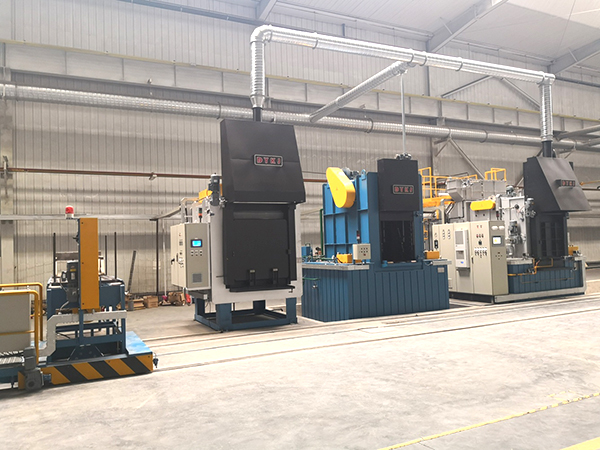400-000-0000

When a large amount of carbon black is deposited in the furnace, the carburizing reaction process in the furnace will be destroyed, the stability of the carbon potential control will be affected, the heat transfer of the heating element will be affected, and the service life of the components in the furnace will be reduced. When there is more carbon deposit in the furnace, it should be burned in time. It is recommended to burn the carbon black once every three weeks. If the carbon deposit speed is fast, the period of burning carbon black should be appropriately shortened.
Multi-purpose furnace carbon black process:
1. Reduce the furnace temperature to 820 ~ 850 ℃;
2. When the furnace temperature is stable, open the front door, then close the front door fire curtain ignition burner stop valve, and the fire curtain will go out automatically;
3. Turn off the carbon potential control, close the methanol and acetone shut-off valves, close the nitrogen shut-off valve, and stop the rear chamber gas supply;
4. Open the middle door for 50 ~ 100mm, keep it for about 2 hours, and start burning carbon black. Pay attention to the change of furnace temperature during burning carbon black.
If the furnace temperature rises quickly or too much, close the middle door and open the middle door again after the furnace temperature drops; (the middle door can also be left open when burning carbon black, and the room air supply can be maintained for 4 to 6 hours after stopping.)
5. After burning carbon black, close the middle door;
We have a little trick is to process the quenching of a fairly low carbon potential workpiece after a period of time. We have a 0.25% C workpiece, which is quenched at 880 degrees. At this time, only the carrier gas can be passed to achieve the required carbon potential, which is almost equivalent to burning carbon. But if you want a carbon potential for a long time, it is not easy to operate such a workpiece.
